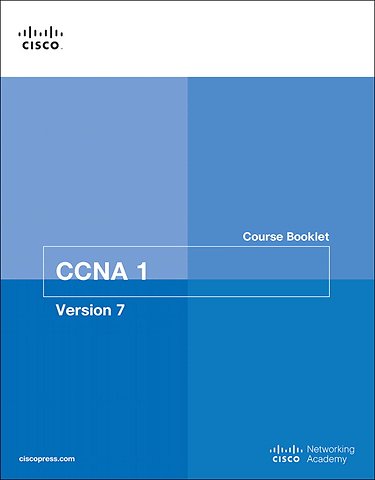Introduction to Networks Course Booklet (CCNAv7)
Paperback Engels 2020 9780136632955Samenvatting
The Cisco Networking Academy® Course Booklet is designed as a study resource students can easily read, highlight, and review on the go, wherever the Internet is not available or practical: The text is extracted directly, word-for-word, from the online course so you can highlight important points and take notes in the “Your Chapter Notes” section. Headings with the exact page correlations provide a quick reference to the online course for your classroom discussions and exam preparation. An icon system directs you to the online curriculum to take full advantage of the images embedded within the Networking Academy online course interface and reminds you to do the labs, interactive activities, packet tracer activities, watch videos, and take the chapter quizzes. The Course Booklet is a basic, economical, paper-based resource to help students succeed with the Cisco Networking Academy Introduction to Networks v7.0 (ITN) online course.
Specificaties
Lezersrecensies
Inhoudsopgave
Rubrieken
- advisering
- algemeen management
- coaching en trainen
- communicatie en media
- economie
- financieel management
- inkoop en logistiek
- internet en social media
- it-management / ict
- juridisch
- leiderschap
- marketing
- mens en maatschappij
- non-profit
- ondernemen
- organisatiekunde
- personal finance
- personeelsmanagement
- persoonlijke effectiviteit
- projectmanagement
- psychologie
- reclame en verkoop
- strategisch management
- verandermanagement
- werk en loopbaan
